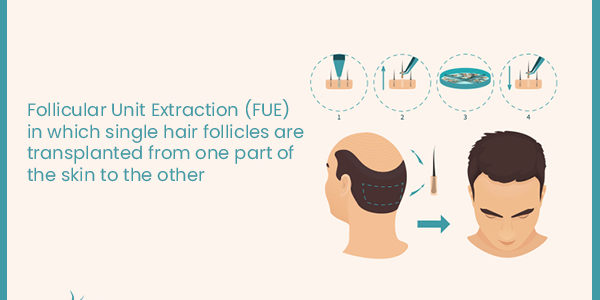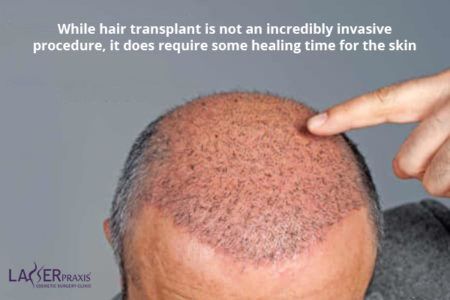⦁ If the newly transplanted hair follicles seem to be falling out, don’t panic. That is normal. They will regenerate once the scalp has healed.
⦁ Minor bruising is no cause for concern either. It will heal.
⦁ Pain or soreness that can be controlled with the pain medication prescribed (in the amounts prescribed) is normal.
⦁ A little swelling around the eyes is normal.
Do not think, however, that you can’t talk to the doctor about these things if they are really bothering you. If you think there is something out of the ordinary about these symptoms as they happen to you, you can schedule a consultation with your surgeon just to be sure.
Consultation advised
If you are facing any of the following problems, discuss with a doctor immediately:
⦁ Pain that cannot be controlled with the pain medication prescribed
⦁ Bruising that only seems to be getting worse. Scab formation is normal and is part of the healing procedure. However, if more of your scalp skin seems to be getting affected, talk to your doctor immediately as it might be an infection.
⦁ If you develop a fever, talk to your doctor. This may also be a symptom of an infection.
Having said all this, during your follow ups, your doctor will be able to tell if there is something wrong or out of the ordinary. If there are any symptoms that you were not warned about and which are causing you discomfort, then absolutely discuss them with your doctor right away.
Final word
Recovery from any procedure looks different for different people. Bodies react in varying ways to the same treatments. Therefore, do not compare your recovery with others and reach conclusions based on that.
When you pay an establishment to treat you for something, it is then your right to have all your concerns answered and to get proper guidance for the best results. Therefore, don’t hesitate to give your doctor a call.

















